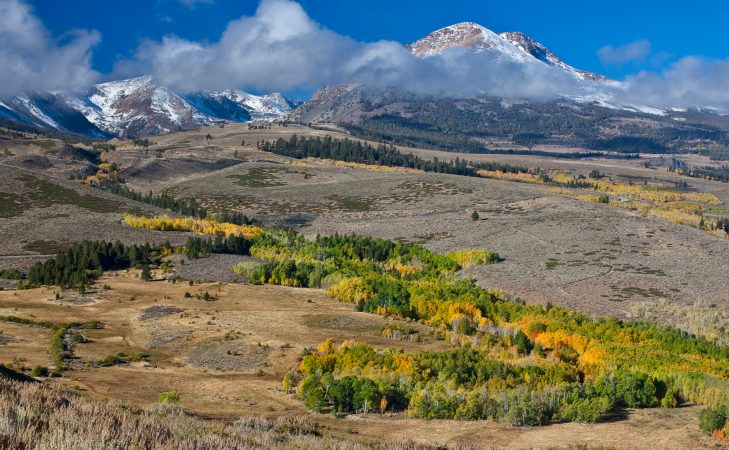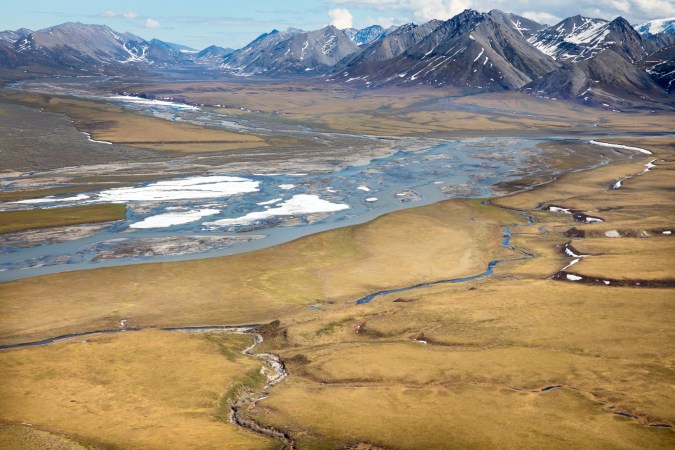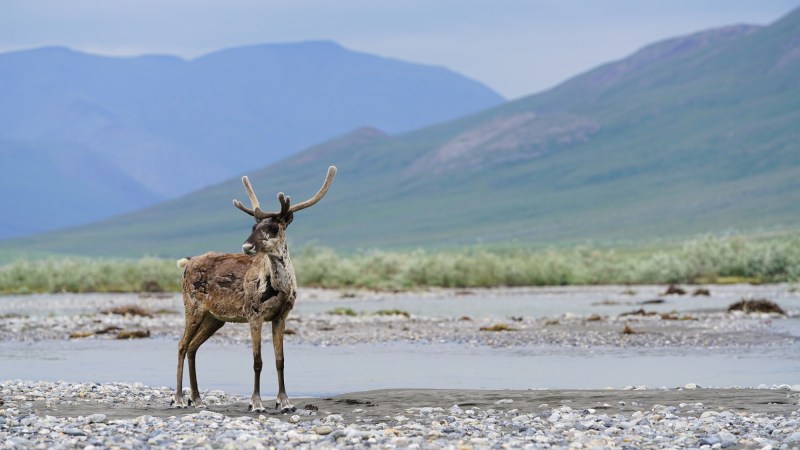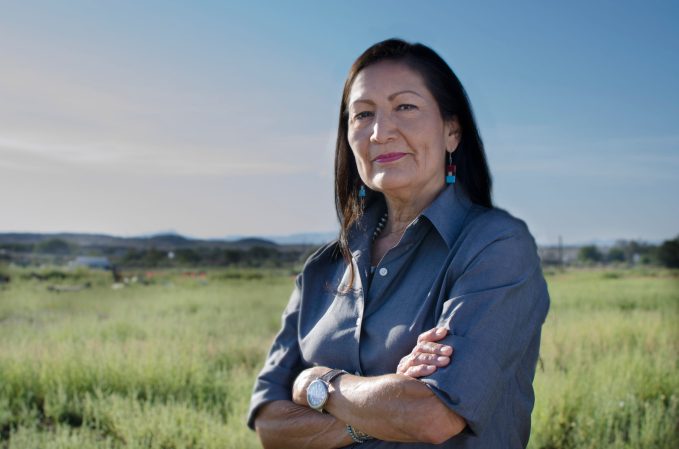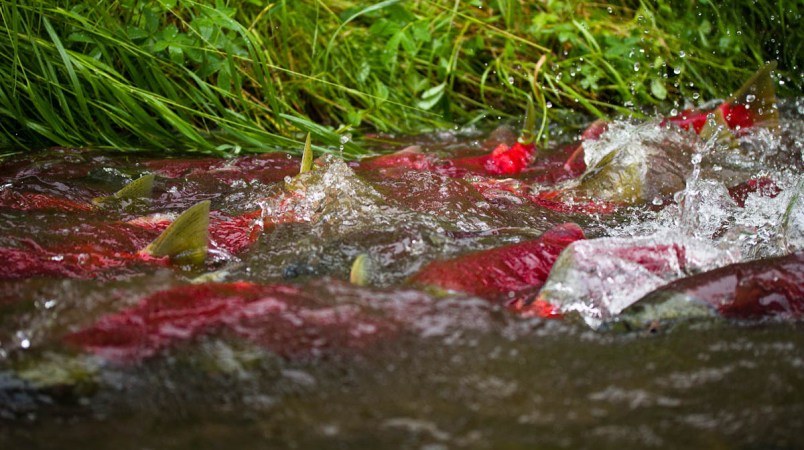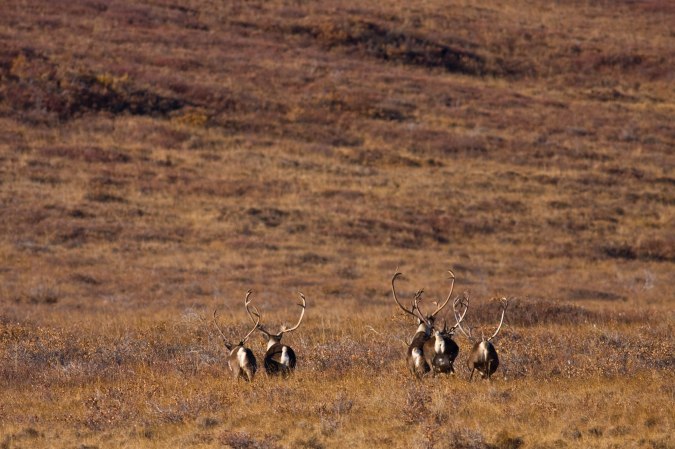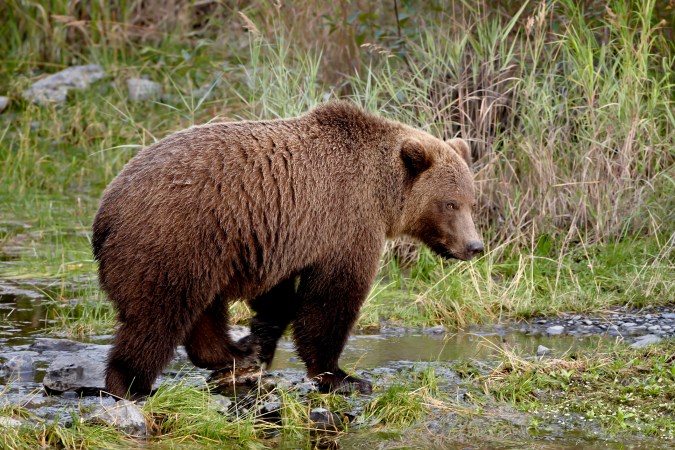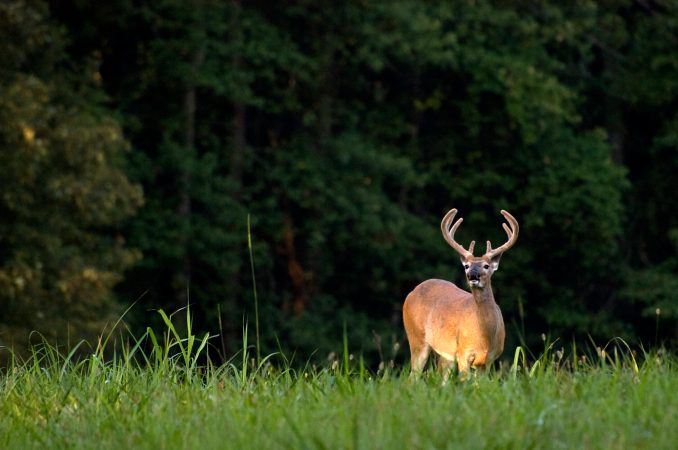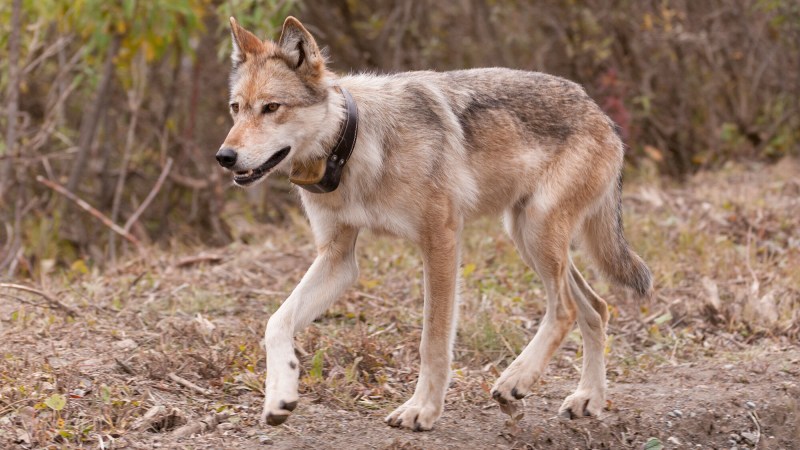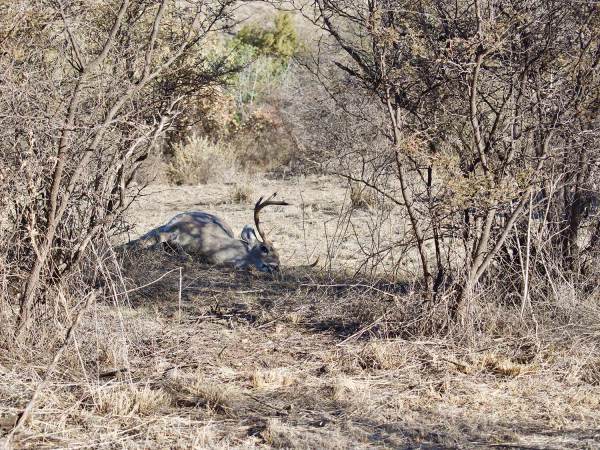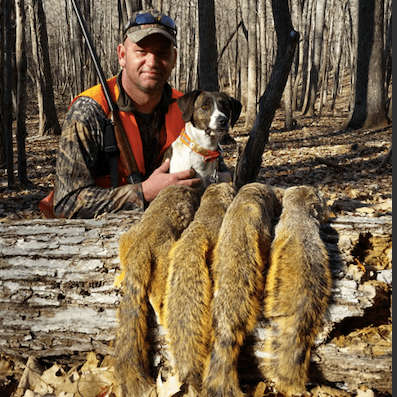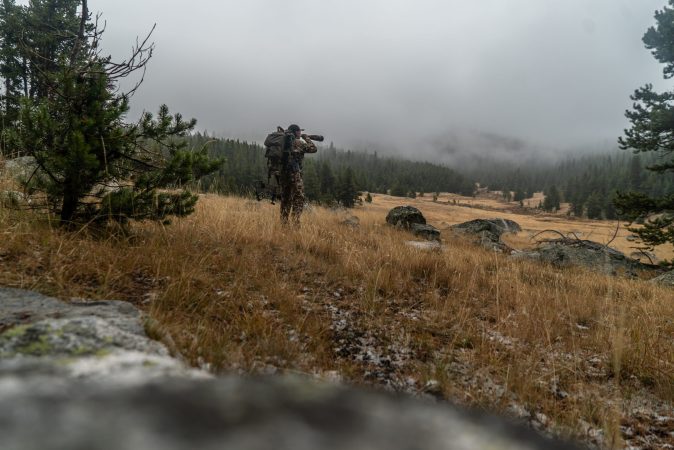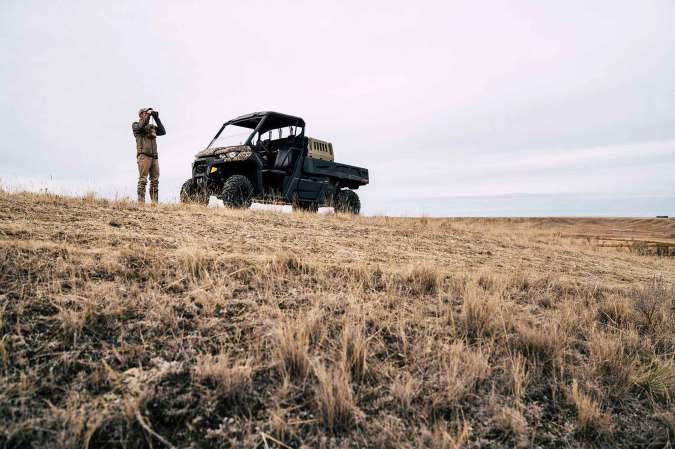Earlier this month, the Bureau of Land Management announced a Notice of Sale for the Coastal Plain Oil and Gas Leasing Program in the Arctic National Wildlife Refuge. The lease sale is set for January 6, and would mark the first time drilling rights would be offered within the refuge, even though there’s been a decades-long debate over potential oil development along the costal plain.
The Trump Administration’s move to offer oil leases on a 1.5 million-acre area within ANWR just weeks before president-elect Biden takes office has, unsurprisingly, generated commentary and opinions from all sides of the issue. Seemingly lost in the rhetoric, however, are the voices of Alaskan outdoorsmen and women who rely on wild places like ANWR for their recreation, solace, food, and livelihoods. These outdoorsmen and women also live within a state economy that is largely dependent on the petroleum sector, which is the second-largest job provider in the state (behind only the federal government). So if we’re going to have a national discussion about oil development in ANWR, we should probably hear what Alaskans have to say first.
Do the research, and then form your own opinion on ANWR
By Tyler Freel
Drilling in the Arctic National Wildlife Refuge has been a hotly contested topic since 1980, when a 1.5-million acre section, known as the 1002 Area was set aside from the designated wilderness for oil exploration and potential production. The idea of drilling has been generally supported by Alaskan elected officials and strongly opposed by a myriad of environmental groups. Sitka Gear was one of the first hunting-focused brands to oppose the potential drilling. Recently MeatEater has also weighed in. Their piece examines the possibility that drilling will actually happen, and also opposes the development. The MeatEater piece assumes that any environmentally-conscious outdoorsman or woman would oppose drilling in ANWR.
As hunters, anglers, and outdoor users, it’s certainly our duty to stay informed on issues like this, and to have a genuine concern for our environment and wild places. That said, if there was ever an issue that suffered from widespread misrepresentation, it’s drilling in ANWR. These misrepresentations make it hard for the general public to develop an independent and thoughtful opinion on the subject. So let’s dive into the other side of the ANWR story.
Misinformation on ANWR
The first misrepresentation is about where oil operations will potentially take place. At 19.64 million acres, ANWR is about one fifth the size of Montana, and is extremely diverse in terrain and wildlife. Of all the advocacy you’re likely to see on ANWR, photos are a big driver. Powerful, beautiful photos give us insight to a specific time and place, and they can be used to drive narratives. Most of the photos that Sitka Gear used in its social media post were not taken in the 1002 Area.
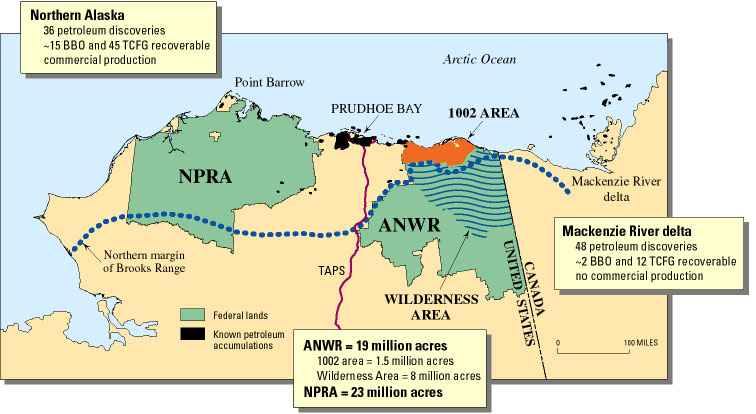
Location tagging of social media posts can also be very misleading. When the author of the MeatEater article shared it to his Instagram, he tagged the Gwich’in community Arctic Village, which is just outside ANWR and more than 100 miles south of the 1002 Area. Arctic Village is one of the communities that opposes drilling. The Inupiaq village of Kaktovik, which lies on the Arctic Ocean and is surrounded by area 1002, seems to have a more positive attitude toward the development.
Many of the anti-drilling arguments are made by people who have never been to this region of Alaska. But if you have been there, you would have seen the great deal of care that the oil industry takes to protect wildlife. You’ll also see the vastness of the coastal plain, and how much wildlife flourishes among existing oil operations. In the Arctic oilfields, wildlife has the ultimate right-of-way and oil industry personnel must follow strict guidelines generally forbidding any purposeful interaction with wildlife. Spills are a very real concern for any oil operation, and there have been spills in the Arctic. In 2006, 267,000 gallons of thick crude oil spilled over two acres in the Prudhoe Bay production facilities. This was not, however, even remotely as destructive as the Exxon Valdez spill, which dumped 11 million gallons into Prince William Sound (which most Lower-48ers immediately think about when they consider oil operations in Alaska).
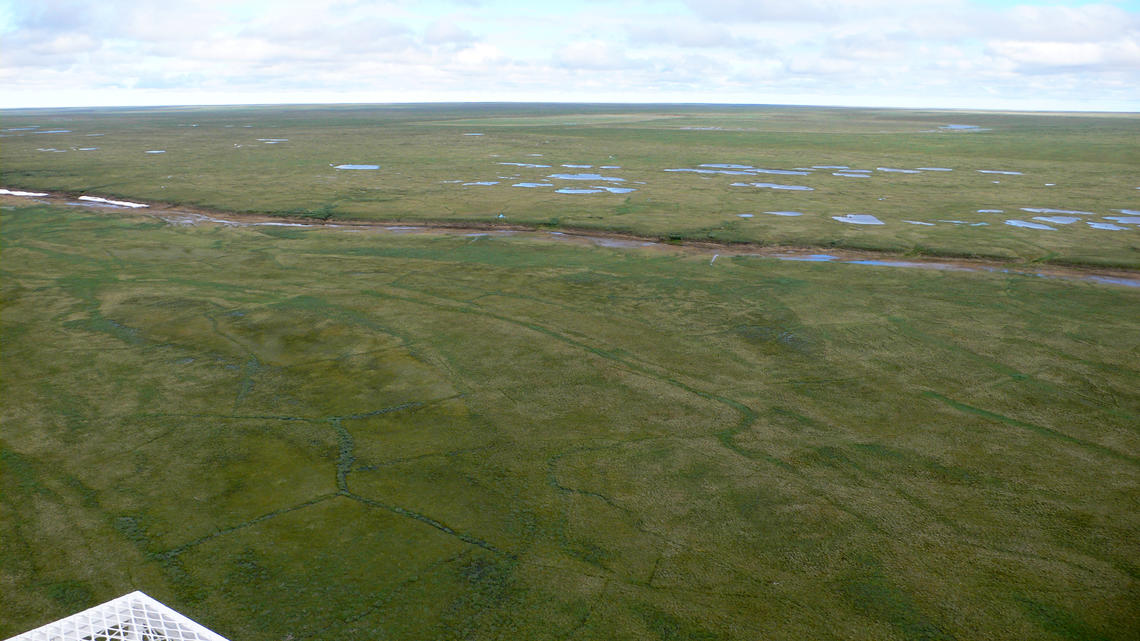
Most folks don’t know that oil and natural gas was discovered on Alaska’s North Slope because it was bubbling out of the ground. You can gain some perspective of the area yourself, on Google Earth. You can see that area 1002 isn’t in the middle of an untouched wilderness, far from production. Oil pads from the Point Thompson project are visible right on the western edge of 1002.
The beautiful photos of Dall sheep and caribou in the mountains and auroras over the boreal timber are inspiring, but they are not an accurate representation of where drilling and exploration would occur.
Potential Impacts on Wildlife
The most powerful argument against moving forward with drilling is its potential impact on wildlife. Although relatively barren, the North Slope ecosystem supports all kinds of wildlife, especially during the short summers. Caribou is the species of greatest concern, with area 1002 being known as the calving grounds for the Porcupine caribou herd. Many fear that oil development could have major impacts on the herd. Although the rhetoric might make it seem like the entire Porcupine herd calves in a small area, this report from Alaska Department of Fish and Game gives a more accurate context of the variability and transient nature of the herd, including its calving grounds. The Porcupine herd intermingles with the Central Arctic Herd, which calves and summers just to the west, among existing oil operations.
Similar arguments and worries were considered when constructing the existing oilfield and the Trans-Alaska Pipeline that transports it. The major worry in the late 60s and 70s when the pipeline was proposed and constructed was that it would disrupt the Central Arctic Herd’s migration and calving. It didn’t and, in fact, the Central Arctic Herd grew as the oilfield grew. When oil development started, the herd numbered around 5,000, then climbed to about 30,000 animals in 2002, and 68,000 in 2010. There has been a decline in the past decade, but biologists don’t believe it has anything to do with oil extraction. Rather, they suspect it might be from overpopulation in the previous decade. It sees the Central Arctic Herd is now right where it should be. The 2019 summer estimate was 30,000 animals and the sustainable target population for the herd is between 28,000 and 32,000 animals.
In the summer, I’ve seen the caribou flock to drill pads and roads to get relief from the flies and mosquitos. They will often crowd into the shade of the pilings underneath oilfield buildings where the cool wind is funneled through. They also receive some refuge from wolves by staying near oilfield activity. The point: We have more than 40 years of observations and data to look at, all recorded adjacent to 1002. If there was any information or data to show that oil development in 1002 would endanger caribou herds, I would absolutely be among the first to oppose drilling.
And the potential impacts of drilling in the 1002 Area have been considered for decades. The area was gridded with seismic lines in 1984 and 1985 for a 2D seismic oil survey. This exploratory technique sends sound waves into the ground a grid pattern to detect potential oil deposits.
A study published by the Ecological Society of America provides some good information and context for the differences between the 1002 Area and the current oil fields near it. The study states that seismic surveying has arguably the most impact of any part of regular oil and gas production in the Arctic, as it requires gridding with equipment to map out deposits. Under current regulations, “seismic exploration is only permitted on frozen ground with adequate snow cover.” Potential damage to the tundra can occur when surfaces are compressed, causing water to collect, which can cause melting of permafrost below.
The study documents some of the long-term impacts of the 1984-85 survey and raises some concerns about the potential 3D mapping of the area, theorizing that it could adversely affect wildlife habitat. But it also states that “the impact could be reduced by decreasing the extent of trails and number of camps, either by selectively reducing the area to be surveyed, or by using other types of exploration or camp support technologies.”
Potential Impacts on Wilderness
The MeatEater article ended with a quote from Steven Rinella: “I often wonder if the people who want to drill ANWR ever think about the future in general or their personal legacy in particular. They have a choice on how they’ll be remembered: the folks with so much greed and lust that they blemished our last greatest wilderness for profit, or the folks with so much love and vision that they saved it. Who do you think would be more celebrated by our children?”
Of course, no reasonable outdoorsman or woman wants to spoil our last remnant of wilderness. But is that really what would happen?
Take a look at a public-lands map and you’ll see not only the massive size of ANWR itself, but that it is bordered by the Yukon Flats National Wildlife Refuge to the southwest, and butts up to Gates of the Arctic National Park and Preserve to the west, which is bordered by the Noatak National Preserve to the west of that. We also have Cape Krusenstern National Monument, Bering Land Bridge National Preserve, Selawik National Wildlife Refuge, and Kanuti National Wildlife Refuge. Including only refuge and preserve lands that border or are north of the Arctic Circle, they total roughly 48 million acres—an area more than half the size of Montana. Almost the entirety of the Brooks Range is protected from development, and even considering the designation of the National Petroleum reserve to the west and development in Prudhoe Bay, the vast majority of this Arctic landscape is untouched. Remember, the 1002 Area is a 1.5-million acre section.
In some ways, Rinella is absolutely right. We need to think about the future and what we are leaving behind for our kids. There are many Alaskans who view this potential development as a net positive for their families, their communities, and the state that we choose to call home. Many of the folks who work on “the slope” in the oil industry are passionate hunters and anglers, and are good stewards of the land. And even more folks who choose to make Alaska their home depend on jobs that are tied to a healthy oil industry. For them, it’s the only option to realize their dream of experiencing Alaska. I know this because a lot of these folks are my hunting buddies.
Coming from a guy who lives in the Lower 48 and regularly flies himself and his buddies to Alaska to hunt, fish, film TV shows, and exploit Alaska’s natural resources, Rinella’s comments are a slap in the face to the Alaskans who care deeply about their home, and want to see it thrive both economically and environmentally. Drilling (or not drilling) in 1002 is the most difficult decision for those of us who have a personal stake in the health and future of this land, and a stake in the health of our Alaskan communities and economy.
—Tyler Freel is lifelong outdoorsman who lives in Fairbanks. Listen to his TundraTalk podcast on Apple Podcasts.
ANWR is an idea that needs to be protected
By Bjorn Dihle
Alaska’s Brooks Range and the Arctic coastal plain has been called a land of anguish by explorers. The Nunamiut people, who once roamed the region and are now settled in Anaktuvuk Pass, called it a hungry country. Today, the eastern portion is known as the Arctic National Wildlife Refuge. Some say ANWR represents America’s last wilderness—and believe it needs to be protected. Others say ANWR’s coastal plain is Alaska’s last great untapped oil reserve and should be drilled. The fight over whether to develop has been going on for decades. When the Trump administration recently announced that it will sell the first-ever oil leases on the ANWR’s coastal plain, it was no surprise people got riled up.
Both those who want to develop and those who want to protect ANWR both have valid arguments. The majority of Kaktovik, an Inupiaq village and the only community in ANWR, wants drilling for the economic benefits it will afford them. There are, however, three Gwich’in Villages near ANWR who depend on the Porcupine caribou herd. Many Gwich’in are worried that drilling will cause the Porcupine herd to crash and destroy a key component of their way of life. A lot of Alaskans want drilling to help the state’s flailing economy. America consumes 20.5 million barrels of petroleum each day, and they argue that it’s hypocritical to rely on other nations’ natural resources. Those who want to protect ANWR’s coastal plain point out that if geologists’ estimates are correct, the amount of recoverable oil in ANWR will likely only sustain our country’s current petroleum needs for roughly a year and a half. Why, they ask, would we risk a special, fragile place in order to get more of something we’re trying to move away from? Some contend the coastal plain is a relatively small portion of ANWR, and that it can be responsibly developed while still preserving the larger wilderness. Others believe drilling will ruin the place forever.
As a lifelong Alaskan invested in wild places for my lifestyle, livelihood, and sanity, ANWR has been important to me for as long as I can remember. I have close friends on both sides of the issue who feel strongly about it. I figured I needed to visit the actual place before I came to my own conclusion. When I was in my early 20s, while based out of Fairbanks, I hunted for caribou near the western edge of ANWR. Those hunts left me wanting to go deeper into the country. So, in March 2009, I decided to make a 400-mile ski trip across ANWR to see what all the hype was about. My older brother saw me off, leaving me with a parting thought.
“ANWR is an idea,” he’d said. “Will oil development really hurt the caribou? Maybe not. But what will it do to us?”
The trip, which took nearly a month, was wilder than I could have imagined. There were magical encounters with wolves, muskox, wolverine, moose, caribou, and other creatures along the valleys and mountains. There was plenty of hardship, too. My partner Ben suffered a foot injury that got so bad we could see down to his bone. When we finally made it to the coastal plain, the white landscape looked like a rough sea that had been flash-frozen. It was here, beneath this 30-mile wide swath of ice-covered tundra, where scattered oil deposits lay. It was also here that the Porcupine caribou herd often calves. The landscape offered nothing I could romanticize, or fit between the pages of a book, or the frame of a photo, or in an argument about whether this place should be developed or protected. We were only 40 miles from Kaktovik, and the end of our journey. What should have taken a couple days took nearly a week as we contended with Ben’s deteriorating condition and brutal blizzards.
Ben and I made a second trip across ANWR right before he moved to the Lower 48. It was August, and it was a cakewalk in comparison to our first trip. The coastal plain was filled with migratory birds and caribou. Kaktovik had changed in the six or seven years since we were there. The village was filled with construction workers and equipment—it had the feel of a stampede waiting to happen. While I waited for a flight back to Fairbanks, I sat near heavy machinery parked along the Beaufort Sea and watched polar bears on a nearby barrier island as they waited for whalers to haul a bowhead ashore. To the south, the mountains of the Brooks Range glowed in the soft arctic light. Not long ago, California was as wild as the country I was looking at. What will happen if there’s oil development in ANWR? The coastal plain, industrialized to an unknown degree, will still be there, though there will be ecological consequences, the extent of which are hard to predict. The Arctic is fragile, and accelerated climate change is already stressing its biodiversity. The idea of ANWR, which is more precious than the actual place to most people, will be dead. That loss should not be taken lightly.
An eider lazily floated by as a polar bear shifted in its bed. I closed my eyes and almost nodded off as I imagined a future in which I’d take my kids to explore the wilderness I’d just been lucky enough to experience. In that dream there were no roads, pipelines, or drill rigs—just caribou, grizzlies, and the wild open.
— Bjorn Dihle is a lifelong Alaskan, based out of Juneau. His next book, A Shape in the Dark: Living and Dying with Brown Bears, is scheduled to be released mid-February.

